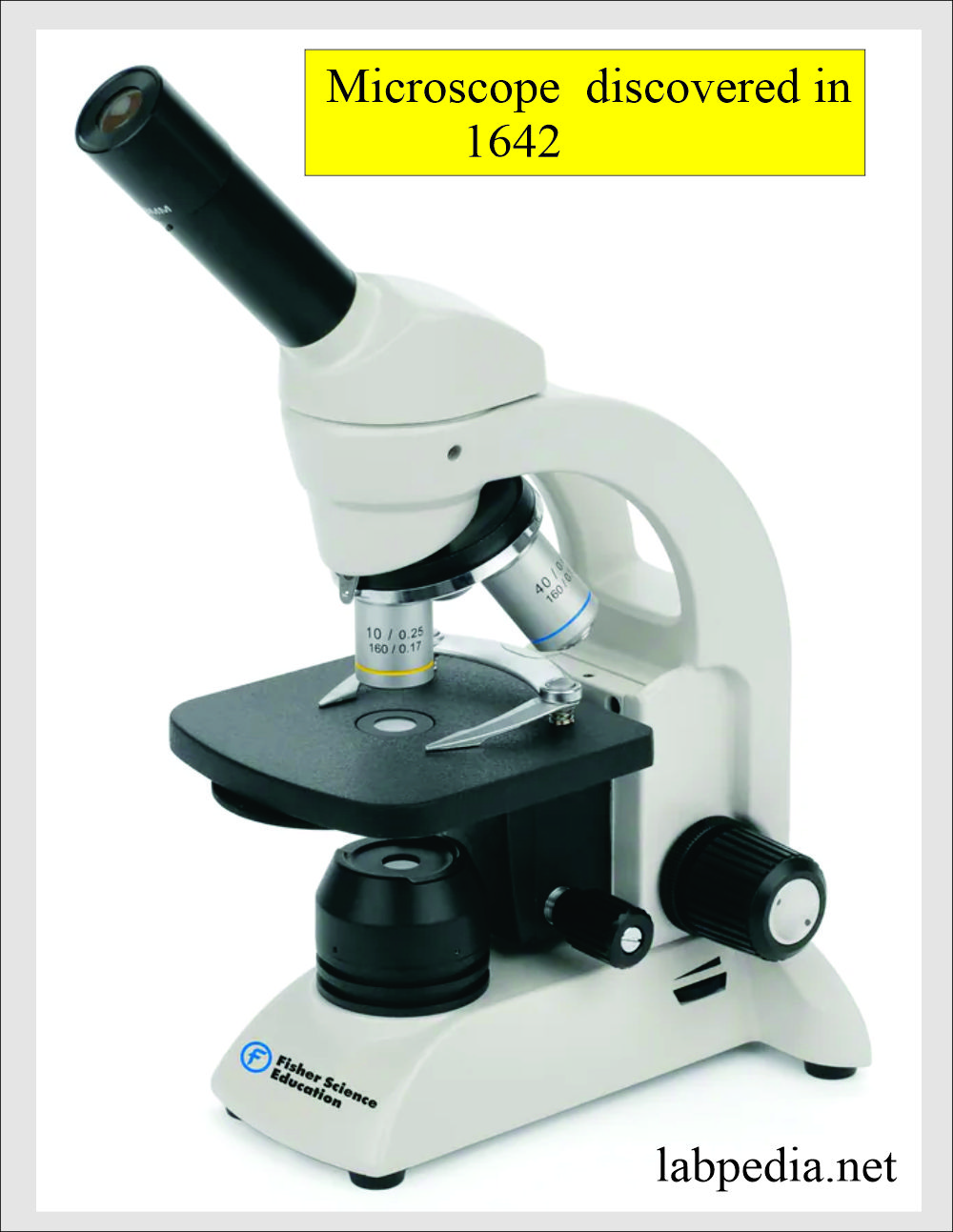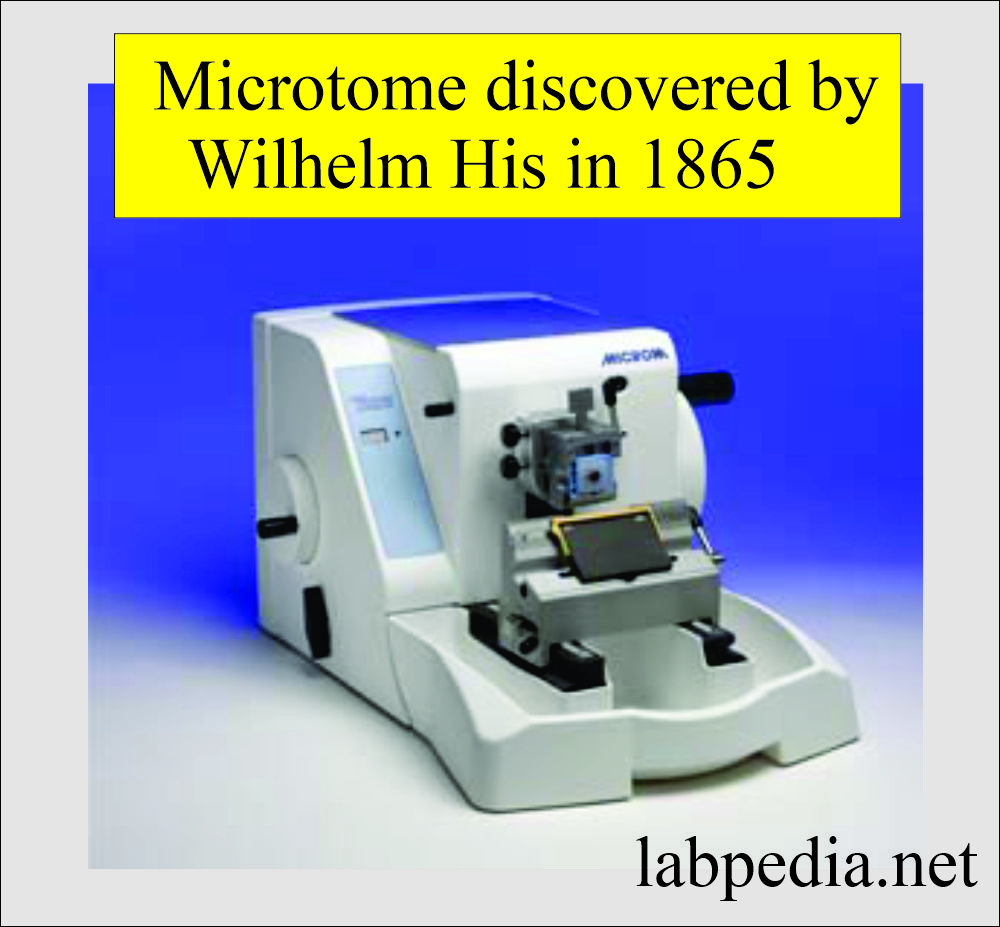- Collected data on various discoveries and landmarks in the history of pathology.
History of Hematology
How will you describe the history of hematology?
- 1642 = Anthony van Leeuwenhoek made a microscope and, for the first time, noted the cells in the blood.
- 1770 = William Hewson, the father of hematology, introduced blood clotting features and commented on white blood cells.
- 1818 = James Blundell completed the first blood transfusion between humans.
- 1842 = Donne discovered the platelets in.
- 1846 = Guillver differentiated the granulocytes from the lymphocytes.
- 1874 = Malassez counted the white blood cells with the help of hemocytometry.
- 1875 = Hayem defined the method for counting the platelets.
- 1879 = Ehrlich used aniline dyes to stain the white blood cells.
- 1901 = Karl Landsteiner and his associates defined the blood groups A, B, AB, and O.
- 1914 = Richard Lewsisohn discovered how sodium citrate could be used to store blood.
- 1936 = The First blood bank was made in Chicago, USA.
- 1961 = The role of platelets was identified in treating cancer patients.
- 1971 = Blood was screened for the hepatitis B virus.
- 1983 = HIV was discovered by doctors in France and the USA.
History of Surgical Pathology
How will you describe the history of surgical pathology?
- 980 – 1037 = Avicena Muslim physician gave the concept of contagion.
- 1091- 1161 = Arabian physician Avenzoar made the first postmortem dissection.
- He proved that the skin disease scabies was caused by a parasite.
- 1242 = Ibn al-Nafis used dissection to discover pulmonary circulation.
- 1443 – 1502 = = Antonio Benivieni repeatedly did anatomic dissection to find the cause of death.
- He also introduced necropsy.
- 1682 – 1771 = Giovanni Morgagni described gross pathology.
- 1761 = His paper was published describing the 600 partial or complete autopsies.
- 1821 -1902 = Rudolf Virchow is generally considered the father of microscopic pathology. He showed the manifestation of the diseases at the cellular level.
- Islamic Golden Age = Scientific methods for medicines started in the Middle East.
- Italian Renaissance = Medicine development started in Western Europe.
- Hippocrates, the Greek physician, founded scientific medicine and was the first to deal with the anatomy and pathology of the human body.
- Galen developed an interest in anatomy.
- Late 1800 = There was enough literature produced on the gross anatomical pathology findings characteristics of the known diseases.
- 1804 – 1878 = Viennese pathologist (from the Czech Republic) has his research on gross pathology
- 1865 – Wilhelm His discovered microtome.
- 1804 to 1878 = Carl Rokitansky, who performed 20,000 autopsies and supervised an additional 60,000 in his lifetime.
- 1839 – 1884 = Julius Cohnhein, the student of Virchow, combined histology techniques with experimental manipulation to study inflammation, making him an experimental pathologist.
- He also introduced the frozen section.


